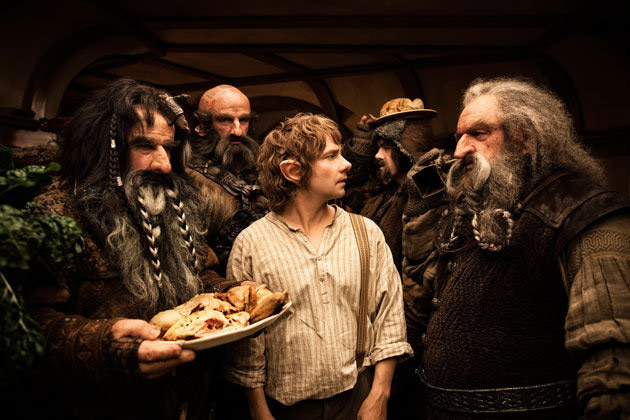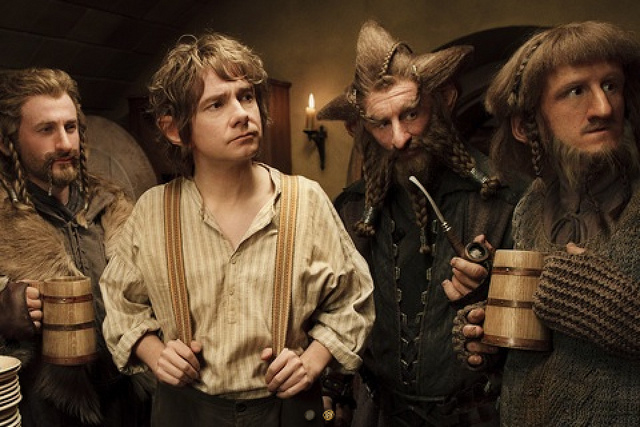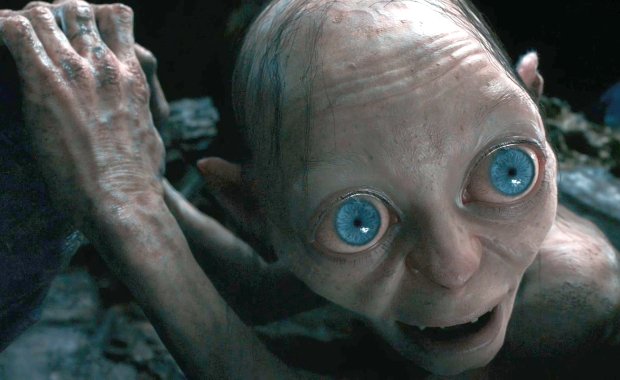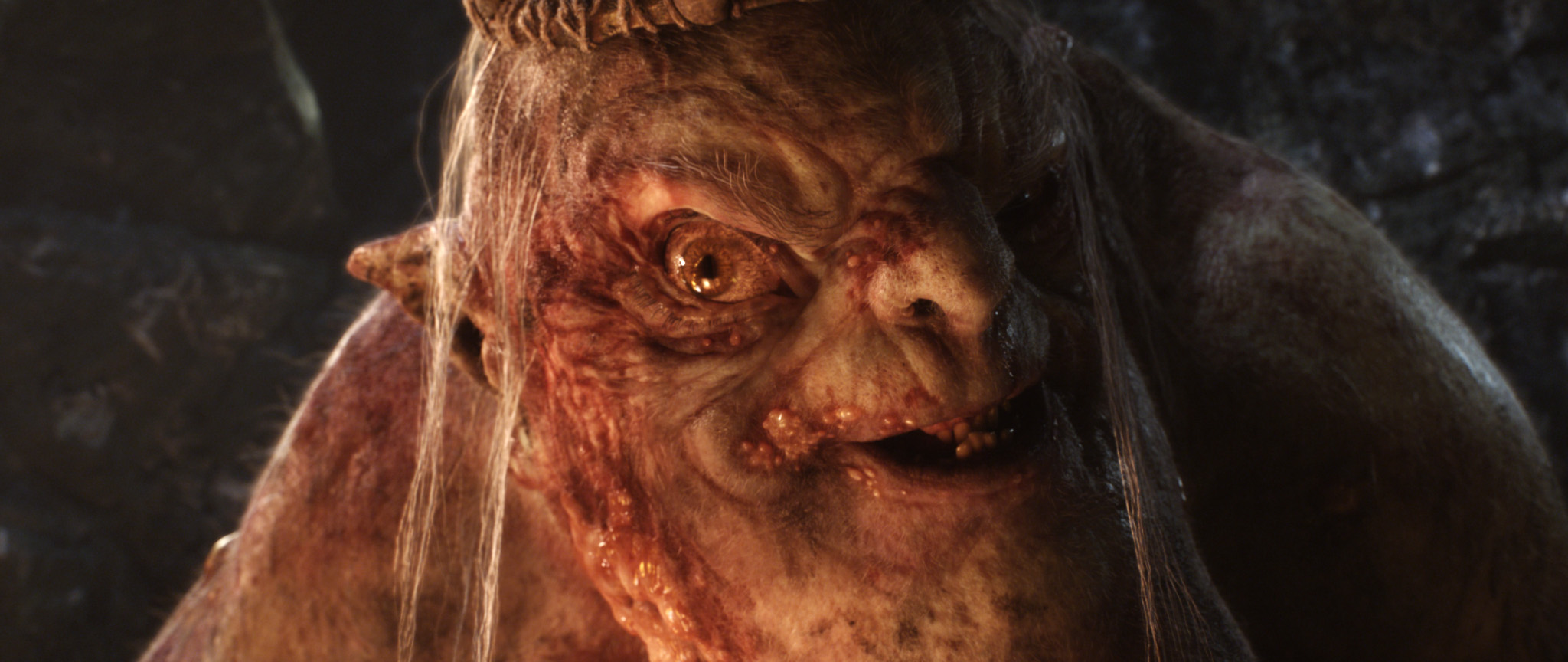|
This is
the first of three films Peter Jackson has made to adapt J.R.R.
Tolkien's
prequel to Lord of the Rings. An elderly Bilbo Baggins writes to Frodo
about the
land of Erebor, where the Dwarf King Thror lost his land and prosperity
to the dragon
Smaug. Bilbo then recalls the earlier years of his life (played by
Martin
Freeman), where he's timid and lost his sense of adventure. Bilbo's
complacency
is questioned by the wizard Gandalf (Ian McKellen), who secretly
arranges for a
meeting to be held in the hobbit's house. One evening Bilbo is
interrupted by
thirteen dwarves who invite themselves inside. He's told these dwarves
are in
search of a home but need a burglar who can accompany them to the
mountain
where Smaug is and take back their land and treasure. Initially
reluctant,
Bilbo trails after the unit but this does little to impress Thorin
(Richard
Armitage), the dwarf leader and grandson of Thror, who doubts the
hobbit's
commitment.
Even
without reading the novel The Hobbit, nothing erases the feeling while
watching An Unexpected Journey that this is a
deliberately inflated work of fanfare, with eyes drawn acutely towards
the box
office. Good cinema is defined by economics and how efficiently a story
can be told
with images. Peter Jackson demonstrated this skill with his Rings
trilogy, gracefully balancing
multiple narrative threads and characters, and ensuring each one
possessed an appropriate
amount of emotional weight.

Why then
has he chosen to make a soulless, linear action movie, extravagantly
scaled,
but so insubstantial that it never justifies itself as the start of a
trilogy? Penned
by no less than four writers, including Jackson, this would have been
more
satisfying as one film with richer themes and selective action.
Instead, a
novel of barely 300 pages long is extended to nearly three hours,
if only
to showcase boring battle scenes and superfluous new technology,
falsely touted
as innovative.
The
excess of Jackson's passion stems from his fascination with geek
culture. Since
the inception of his career in the 1980s, making low budget horror
films, he
has been concerned with subjects like the undead and the uncanny. His
recent films
have been criticised for being overly dependent on special effects. The
trajectory of his career, from horror to global blockbusters, is not
unlike
James Cameron, who is coincidentally using Jackson's special effects
studio
Weta Digital to work on Avatar 2.

Both men
have become transfixed by spectacle, with each of their films more
elaborate
and technically sophisticated than the last. They seem intent on
blurring the
lines between video games and cinema, which means more investment into
technology
and effects, rather than the scripts. Someone distanced from the source
material
and video game culture might have made The
Hobbit less self-indulgent and plodding. A legal battle between
Jackson and
New Line Cinema meant Guillermo Del Toro was originally meant to direct
the
film but was eventually replaced.
As it
stands, Jackson's love for video games is all too visible here. The
script is
short on themes, characterisation and subplots. It's overly rigid
structure
means the film becomes too absorbed in its sets and its environments,
instead
of the story. Each scene is like a level from a game, designed to
showcase a
gallery of monsters, which are cogs in the film's tired formula for
suspense. Exposition
is followed by danger and then an escape route. Press start to begin.

If the
desire for a home offers some resemblance of a motive, it's regularly
lost in
the flurry of the action, most of which is extremely unengaging and
lacking in
tension. The film's one good scene admittedly adds some suspense and
intrigue.
It involves the reappearance of the monster Gollum and begins tying
threads
back to the Rings trilogy. The detail in Gollum's expressions,
beautifully captured
again by Andy Serkis, is even more incredible than before.
How do
scenes like this, as overlong as they are, fare through the
introduction of 48
frames per second? The standard frame rate for films has been to use 24
frames
per second. The additional number of frames on the screen adds more
detail and
colour to the images. The trade-off is that it gives the illusion
the images are moving much faster, which is very distracting.
It's an unnecessary addition so if you must see the film, watch it in
2D.

Will fans
enjoy the movie? Undoubtedly, but for most hardcore fans, more is
always more. Consider
the families who will now be paying for three movies instead of one, as
well as
the 3D surcharge, and must then wait another two years to finish the
story. They're
shown a footnote of a narrative here and that's not right.
|